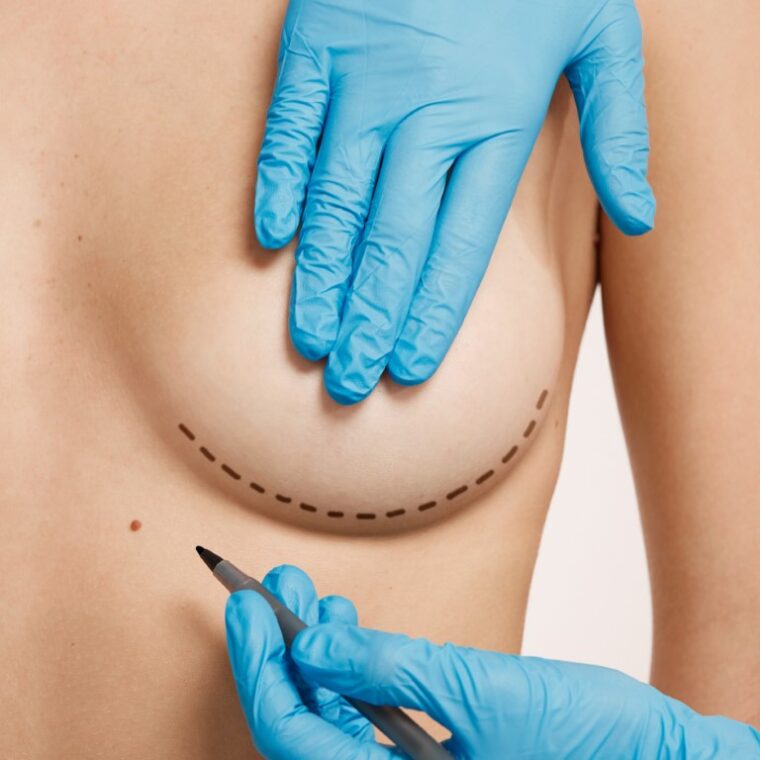A breast lift is an aesthetic procedure designed to restore the shape and position of breasts that have sagged or lost their form over time. This surgery not only improves appearance but also enhances self-confidence. It is important for individuals considering a breast lift to understand all stages of the process.
Preoperative Planning and Goals
Before the surgery, a detailed consultation is conducted with the patient. During this discussion, the patient’s expectations, breast shape, and size are evaluated. Skin elasticity, breast tissue, and the current position of the breasts are key factors in determining the surgical technique. The goal is to reshape the breasts in an elevated and aesthetic position while preserving a natural appearance. In some cases, additional methods such as implants or fat grafting may be incorporated based on the patient’s preferences.
Surgical Steps and Techniques
During a breast lift, the surgeon lifts the breast tissue and skin to create a firmer and more aesthetically pleasing contour. Depending on the degree of sagging and the patient’s anatomy, different techniques may be used, such as minimal-scar methods or traditional T- or L-shaped incisions. The procedure is performed under general anesthesia, and care is taken to preserve the natural breast lines. When necessary, the nipple position is also adjusted to ensure symmetry and a natural result.
Post-operative Care and Considerations
During recovery, patients should rest and avoid strenuous activities for a specific period. Swelling and bruising are normal in the first days but are quickly managed with regular follow-ups and proper dressings. Wearing a suitable supportive bra during the recovery period helps maintain the breast tissue in the correct position. It is also important to avoid blood-thinning medications and excessive physical exertion.
Long-Term Results and Follow-Up
The lifted and aesthetically shaped results of a mastopexy are generally long-lasting. However, factors such as aging, changes in skin elasticity, weight fluctuations, or pregnancy may affect the outcomes. Regular follow-ups as recommended by the surgeon are crucial for maintaining the results. With careful planning, the right surgical technique, and disciplined postoperative care, patients can achieve results that are both aesthetically pleasing and functionally satisfying.




